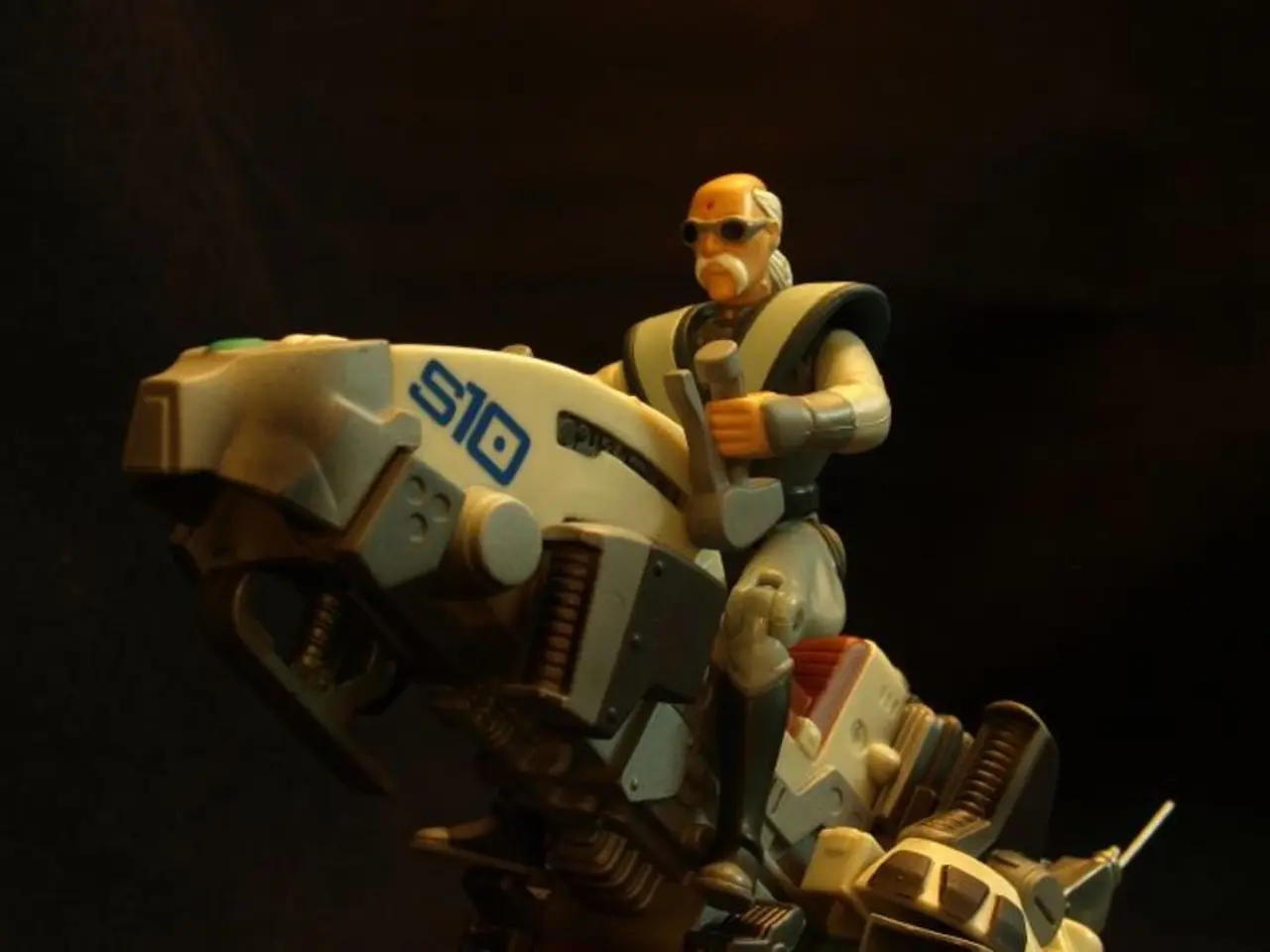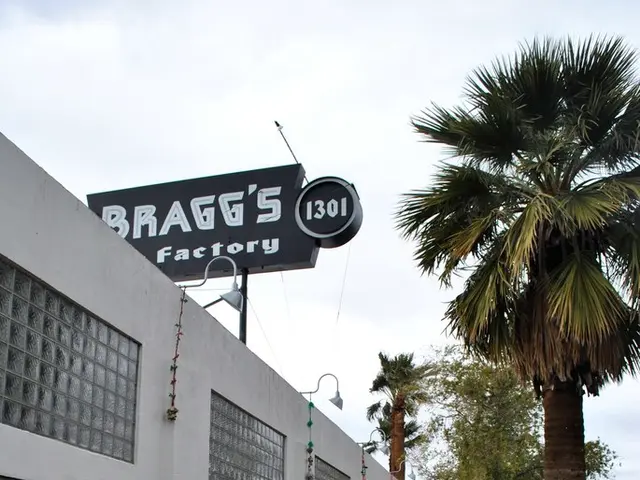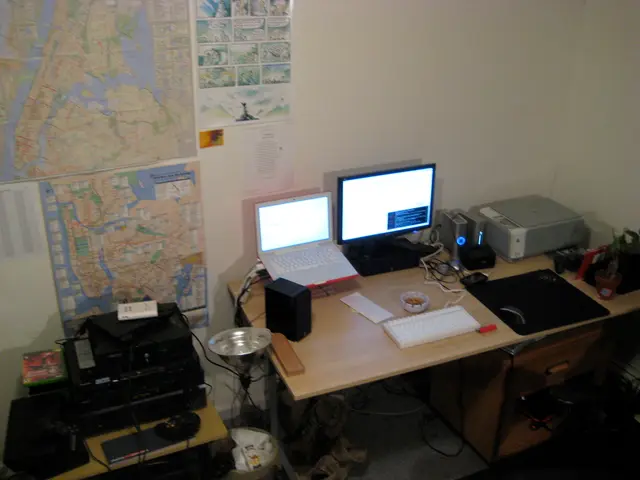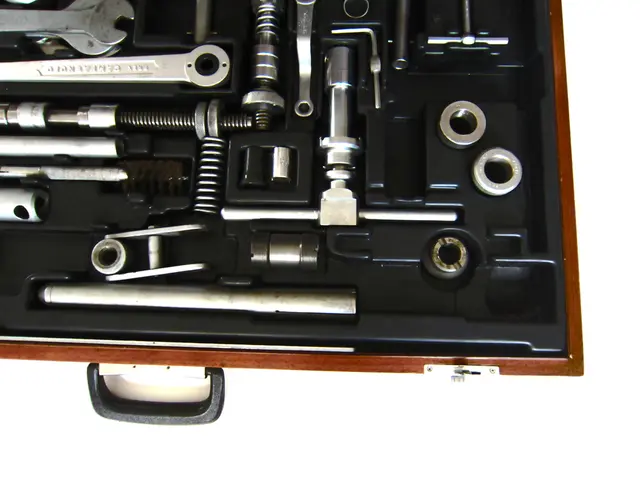Tesla Plans to Recruit a Remote Squad for Operating Their Autonomous 'Taxi' Vehicles Remotely
In the world of autonomous vehicles, the Tesla robotaxi fleet is set to take on challenging environments by 2026, joining other big-name brands like GM's Cruise, Amazon's Zoox, and Google's Waymo already operating in the space. However, a closer look reveals that the promise of self-guided magic may not be as accurate as it seems.
Recent revelations have challenged the perception of autonomous products, revealing human workforces behind the scenes. Tesla, for instance, has a dedicated AI Teleoperation team responsible for providing remote access to its robotaxis and humanoid robots. The team is crucial in iterating the AI as it operates autonomously.
Similarly, companies like Cruise, Zoox, and Waymo also employ remote human assistants for troubleshooting. These human workers, often low-wage contractors, are a common industry practice in the autonomous product sector.
The job of these tele-operators is to be "transported" into the robotaxi via a state-of-the-art VR rig when the AI encounters difficulties. This practice is necessary because, despite the advanced technology, the autonomous products are not yet at a point where they can operate independently without human intervention.
Elon Musk's promise of "fully autonomous" vehicles in the near future might be a bit of a misnomer, as recent reports show Tesla is planning to hire a human team to remotely troubleshoot its robotaxi operations. The teleoperation center requires building highly optimized low latency reliable data streaming over unreliable transports in the real world.
This revelation underscores the fact that, despite the marketing of products as 'autonomous' or AI-powered, Silicon Valley companies, including those in the robotaxi industry, are still deeply reliant on human workforces. Last year, it was reported that some of the pivotal work behind ChatGPT, OpenAI's prized chatbot, was powered by human workers who were only being paid $15 per hour.
As the race to develop and deploy autonomous vehicles continues, it's clear that the human element will continue to play a crucial role. Whether it's Tesla, Waymo, Cruise, or Zoox, the robotaxi industry is not immune to the use of human workers for troubleshooting and other tasks.
Read also:
- IM Motors reveals extended-range powertrain akin to installing an internal combustion engine in a Tesla Model Y
- Ford Embraces Silicon Valley Approach, Introducing Affordable Mid-Sized Truck and Shared Platform
- Future Outlook for Tesla in 2024: Modest Expansion in Electric Vehicle Sales, Anticipated Surge in Self-Driving Stock
- Vegetable oils are similarly utilized in the process of road cleaning.







